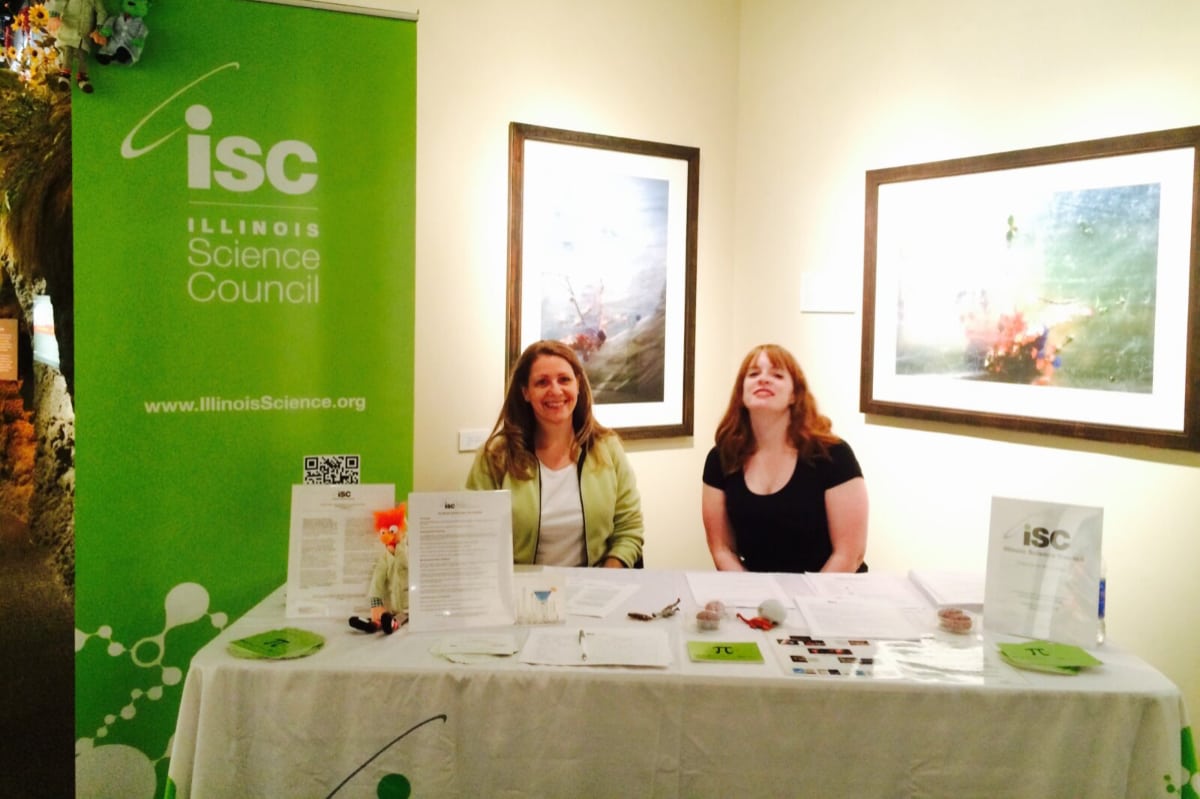Sometimes you’re in the mood to sit down and read a feature article that really dives deep into an important scientific question or public health issue. Other times, you might just have a few minutes free and you want to have a little fun with a little random science trivia. Here are three completely random fragments of science trivia that fill that need:
The Thatcher Effect
Look at the top row of the image below. Both faces look normal, right? Now, look at the bottom row. You’ll see that the face on the right looks a little freaky. But, the faces on the top are identical to the faces below them, they are just flipped upside down!
Psychology Professor Peter Thompson of the University of York created this illusion in 1980. He used Margaret Thatcher as his first example of the illusion, so we call this the “Thatcher Effect.”
This illusion affects us because we’re so used to seeing upright faces. So much so that our brains have evolved their own neurons, called “face cells,” specifically for this purpose. Indeed, we have become experts at perceiving faces to the point where small changes to a face can have a big impact (which is why the face on the bottom right looks so weird). However, our brains do not actively recognize upside-down faces (we don’t have “upside-down face cells”), so we do not perceive the fact that Ms. Thatcher’s eyes and nose are “upside down” in relation to the rest of the face.
It’s a brain region called the fusiform gyrus, which is right above your ear, that is responsible for recognizing faces. People who have strokes in the fusiform gyrus lose their ability to recognize faces. This disorder is called prosopagnosia, or “face blindness.”
White Paint Used to Be Made with Lead and Horse Dung
Since ancient times, white paint has been made from lead. It was used by artists of the 15th and 16th centuries and in the 18th century and by the Royal Navy to paint its vessels. And if you thought that wasn’t bad enough, know this: white lead was made from poop.
Yes, lead used to be made using the “Old Dutch” process, which incorporates either bark or horse dung. Want to make white lead the old way? First, bury strips of lead in tanbark (tree bark from which we get tannins) or horse dung. Then, pour acetic acid all over. A chemical reaction takes place that causes lead acetate. Meanwhile, the tanbark or dung will ferment, releasing carbon dioxide that will turn the lead acetate white.
Don’t worry, white lead was largely replaced by zinc then titanium, so your white paint won’t kill you as quickly. Just don’t eat it, okay?
How Would you Treat a Severe Skull Fracture?
A man named John Johnson was kicked in the back of the head by a horse. The horse’s hoof made it through his skull, leaving behind an inch and a half long wound from which is brain protruded, meeting the outside world. Mr. Johnson went to Dr. James Atkinson, who noted that Mr. Johnson was “slow in answering questions” and had a weak and irregular pulse.
The year was 1804. Germs were unheard of and modern anti-inflammatory drugs were still a generation away. Dr. Atkinson treated the poor fellow with the best tools and knowledge of the time. He first applied a concoction that was known for having anti-inflammatory properties: bread and milk poultice, a paste made from crumbled bread and milk. He gave Mr. Johnson opiates to treat the pain and supplied castor oil to relieve his bowels from the constipating effects of the drugs. He continued those and similar treatments for several weeks.
On day 10, Mr. Johnson’s nose bled profusely, which relieved the pressure and pain in his head. After five weeks, his cognitive faculties returned to normal. About a month later, he returned to work, even though his head wound wouldn’t heal fully for another few weeks.
Dr. Atkinson noticed that the back of Mr. Johnson’s skull had sunken a third of an inch, creating a depression in the back of his head, large enough to “admit the end of a moderately-sized thumb.”
In sum, a man survived a severe skull fracture, treated only by applying porridge to his head and giving him some opiates for the pain. Read Dr. Atkinson’s original report here.
-
Ben Marcus is a public relations specialist at CG Life and a co-editor-in-chief of Science Unsealed. He received his Ph.D. in neuroscience from the University of Chicago.
View all posts






